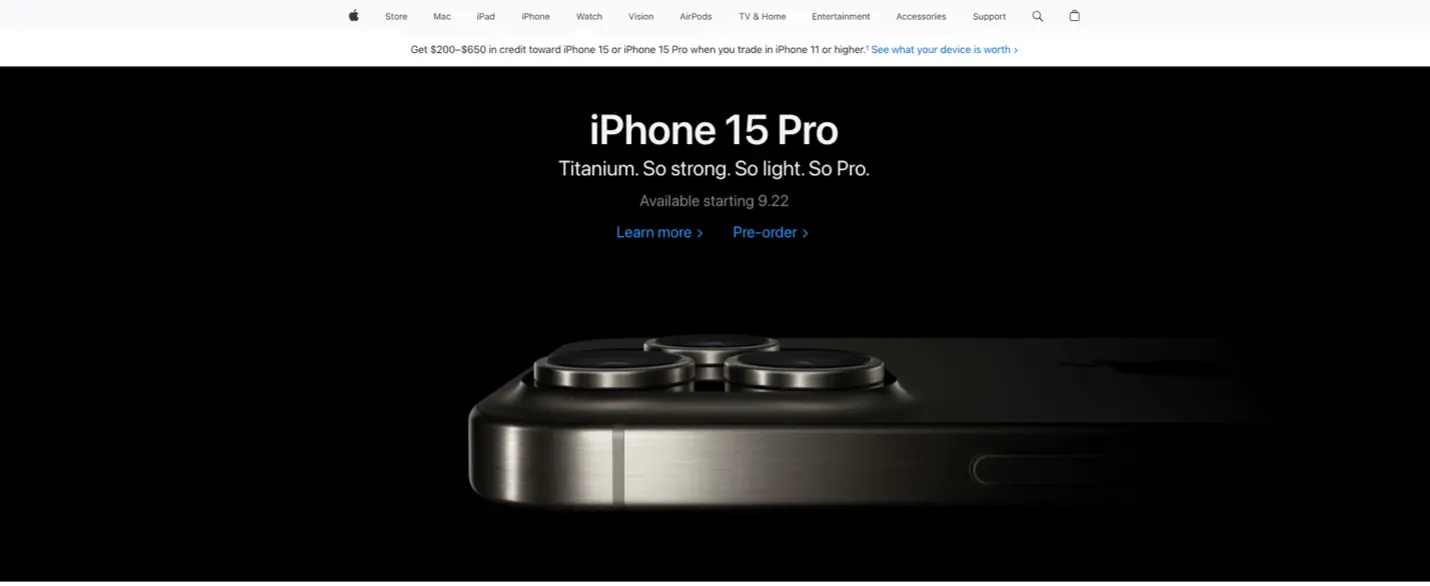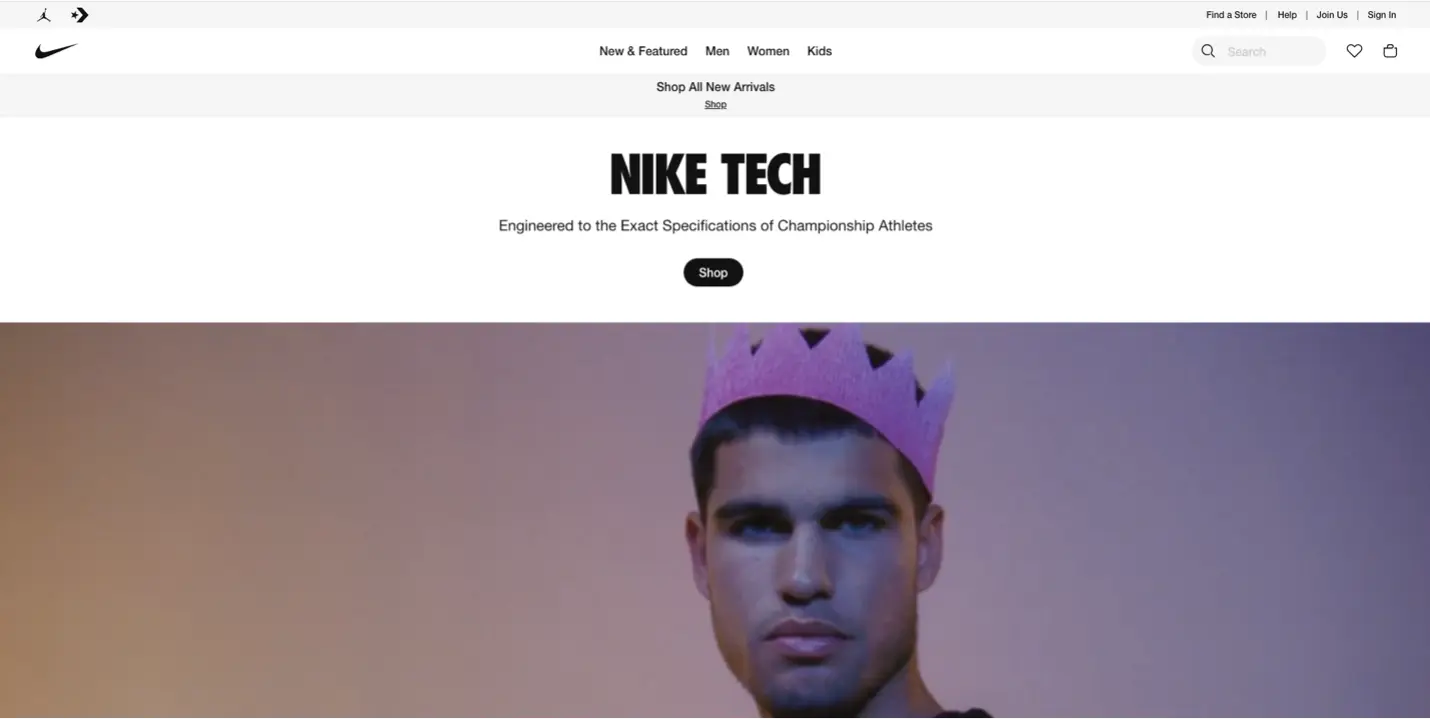The Power of Large Fonts in Web Design
Oct 02, 2023 - 10 min readIn the realm of web design and user experience (UX), the saying "size matters" holds true, especially when it comes to font size. Large fonts aren't just a design choice; they are a powerful tool for creating truly immersive user experiences. There are many psychological reasons why you might want to use a larger font size and countless companies use this knowledge to enhance the user experience of their websites. Let's explore some of these reasons and walk through practical examples of how companies have used this approach to achieve the goals of their websites.
Understanding the Psychology
Font size is a fundamental aspect of typography and design that directly influences how users perceive and interact with a website. Large fonts have the potential to transform the user experience in several ways:
1. Clarity and Readability
The most obvious advantage of large fonts is improved readability. When text is easily legible, users can quickly absorb information without straining their eyes. This is particularly crucial for sections of your website where you want to convey important messages or information.
2. Emphasis and Hierarchy
Large fonts can be used to create a clear hierarchy of information on a webpage. Headlines and subheadings in larger fonts immediately draw the user's attention and guide them through the content. This aids in page navigation and ensures that users focus on the most important elements.
3. Accessibility
Large fonts are a cornerstone of web accessibility. They make content more accessible to users with visual impairments or those who rely on screen readers. Following accessibility guidelines, such as WCAG (Web Content Accessibility Guidelines), often entails using larger fonts to ensure inclusivity.
4. Impactful Branding
Large fonts can be a powerful branding tool. They help establish a visual identity and make a memorable impression on visitors. A distinctive typeface in a large size can become synonymous with a brand, making it instantly recognizable.
5. Mobile Friendliness
With the rise of mobile browsing, large fonts have become even more critical. They ensure that text remains legible on smaller screens, enhancing the mobile user experience. Responsive design often includes font size adjustments for different devices.
Leading Brands Setting the Example
Now that we've explored some of the benefits of large font sizes, let's look at some leading brands that effectively leverage large fonts to create immersive user experiences on their websites:
1. Apple
Apple is renowned for its minimalist design ethos. They use large, clean fonts to convey a sense of simplicity and sophistication. Visit the Apple website, and you'll notice how their product names and headlines stand out with ample spacing and large, easy-to-read text. This approach aligns with their commitment to providing a user-friendly experience that matches their sleek product design.
In the example below, your eyes are immediately drawn to the words "iPhone 15 Pro". Notice how their menu bar is very small compared to the banner image text. This is intentional as they want to push pre-order sales of their newest iPhone. They don't want you to navigate through their website, so they minimize that text and draw your attention directly to the clear goal of the site. Apple knows that they only have a few moments to catch a user's attention, and they want you to pre-order and learn more about their latest and greatest products. This is exceptional design and a strategy they've been using for many years now. Simple, yet effective.

2. Nike
Nike, a brand synonymous with athleticism and inspiration, uses large fonts to convey motivation and empowerment. Their website often showcases powerful messages in bold, oversized letters, reinforcing their brand values and connecting with their audience on a personal level. This use of typography creates an emotional bond with visitors.
Currently Nike is using their wealth of championship athletes to create inspiration on their website. If you look at the example below, they have a very simplistic navigation menu, followed by a clear product callout and a video. You would think that the video would distract the user from the other elements of the site, but when the screen first loads, your eyes are drawn to the "Nick Tech" large text. When you read on, it discusses "Championship athletes" all while a video of superstar athletes play right below. This is not only inspiring, but it creates intrigue into what exactly is "Nike Tech". This motivates users to click "Shop" to see what this new release looks like.

Conclusion
Large font sizes are far from a design trend; they are a fundamental element of creating immersive user experiences on the web. They enhance readability, establish hierarchies, improve accessibility, reinforce branding, and allow for positive mobile experiences. Leading brands recognize the power of large fonts and use them strategically to convey messages, engage users, and leave a lasting impact.
As web design continues to evolve, it's essential for designers and businesses alike to consider the role of font size in their user experiences. Whether you're crafting a website for a global brand or a local business, the careful choice and implementation of large fonts can be the key to creating a memorable and immersive online presence that resonates with your audience. So, when it comes to fonts, remember: size matters.